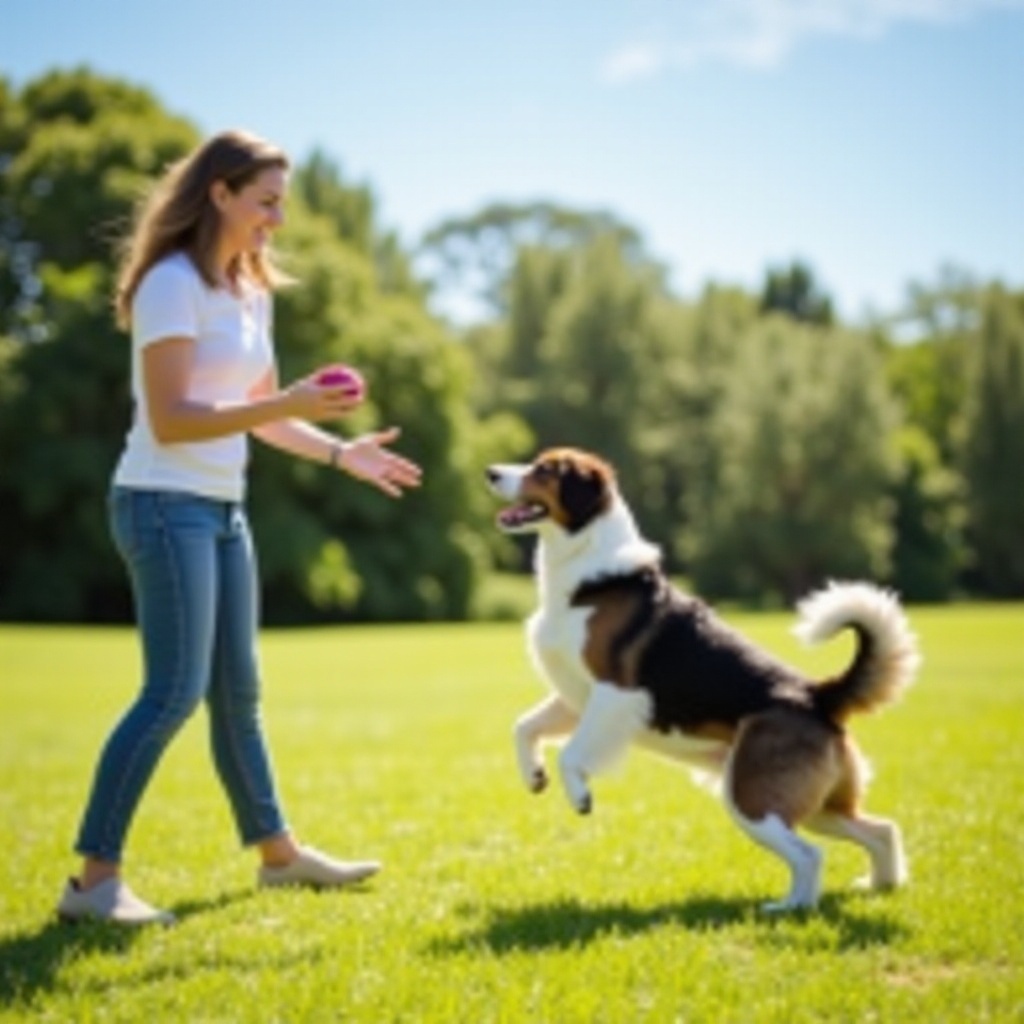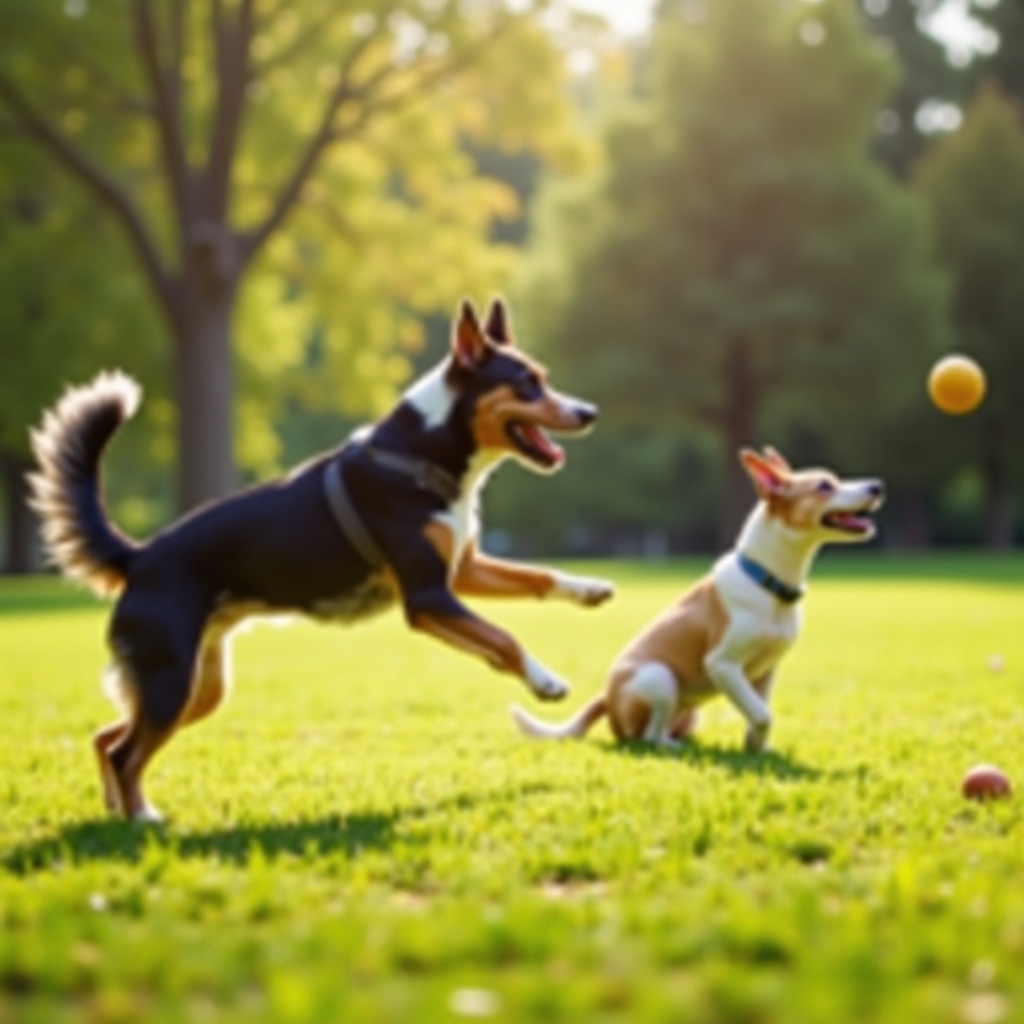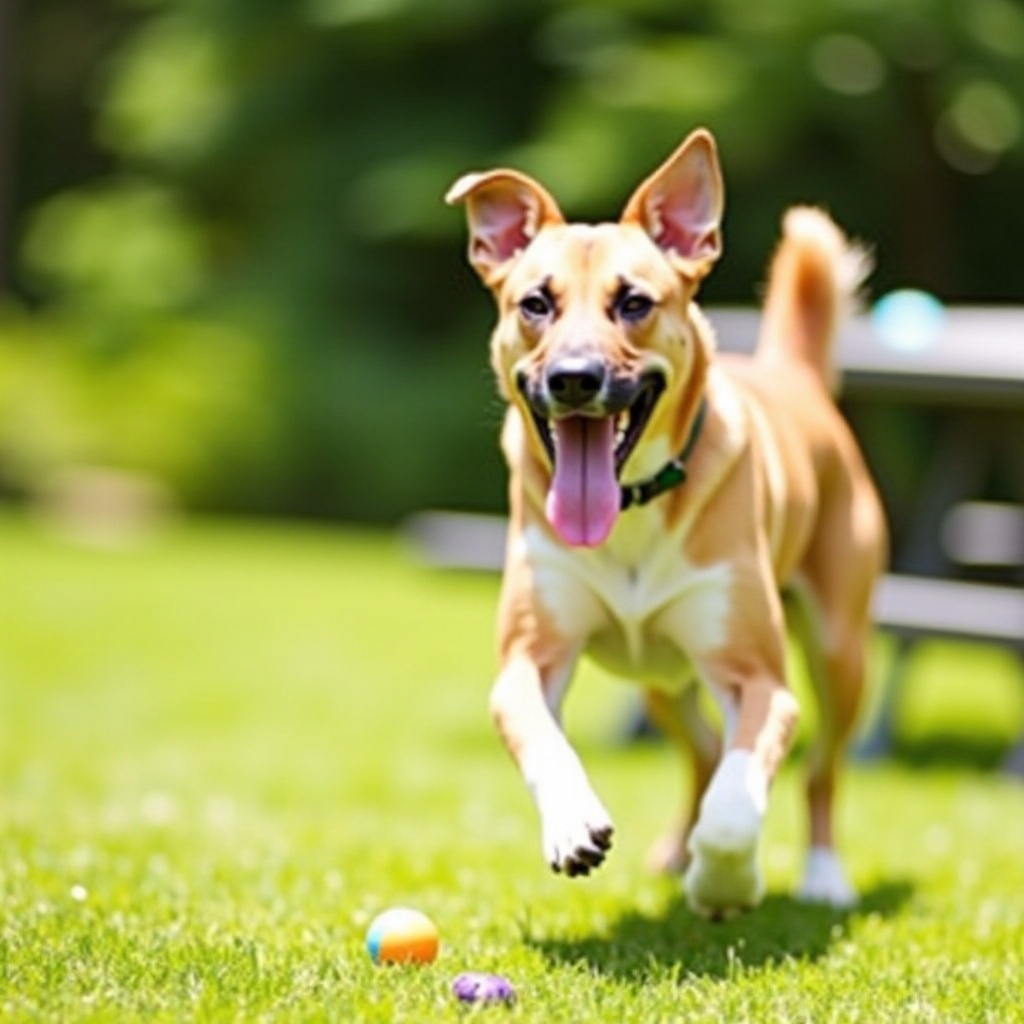Introduction
Teaching your dog to fetch can transform playtime into a bonding experience. Fetch not only provides physical exercise but also sharpens your dog’s responsiveness and obedience. Understanding how to approach this training process will make it more enjoyable for both you and your furry friend. Let’s dive into the journey of teaching your dog to fetch, covering all the essentials from start to finish.

The Benefits of Teaching Your Dog to Fetch
Training your dog to fetch offers numerous benefits extending beyond simple play. This interactive game engages your dog physically and mentally, helping to stave off obesity, reduce anxiety, and prevent behavior problems. Dogs that learn to fetch are often happier and less destructive.
Moreover, fetch strengthens the bond between you and your dog, enhancing communication and understanding. By channeling your dog’s natural instincts into structured play, you provide them with a sense of purpose and fulfillment. These benefits make teaching fetch a valuable investment of your time and effort.

Essential Tools and Behavior Aids
Before diving into the training steps, it’s important to equip yourself and your dog with the right tools. The right preparation can significantly influence the training outcome and make the process smoother.
Choosing the Right Toys
Selecting the right toy is critical for successful fetch training. Opt for toys that are durable, appropriately sized for your dog’s mouth, and easy to throw. Look for materials that are safe and non-toxic. Balls, frisbees, and rubber sticks are popular choices, but each dog has its preferences. Testing out a few different types can help you identify what excites your dog the most.
Using Clicker Training
Clicker training is an effective method to reinforce positive behaviors during fetch training. The clicker acts as a marker, signaling to your dog that they have done something right, followed by a reward. This association speeds up the learning process and helps your dog understand the desired behavior more clearly. A clicker and some tasty treats can significantly enhance your fetch training sessions.

Step-by-Step Fetch Training Process
Having the right tools and understanding the benefits sets a great foundation. The next part involves taking your dog through a structured fetch training process.
Step 1: Introducing the Fetch Toy
Begin by introducing the fetch toy to your dog in a calm and inviting manner. Allow them to sniff and explore the toy without pressure. You can toss the toy a short distance to attract their curiosity. Praise and reward them when they show interest. This initial introduction helps your dog get comfortable with the toy and sets the stage for further training.
Step 2: Building Interest with Treats
To build interest, incorporate treats into the training. Hold the toy and place a treat near it or inside it if possible. Encourage your dog to engage with the toy to earn the treat. This merges their love for treats with the fetch toy, making it more appealing. Repeat this process several times to ensure your dog enthusiastically associates the toy with positive experiences.
Step 3: Establishing a Fetch Command
Introducing a specific command like ‘fetch’ or ‘get it’ at this stage is crucial. Use a consistent command every time you throw the toy. Say the command in an upbeat tone and reward your dog when they retrieve the toy or show an attempt to do so. Gradually, your dog will understand that the command is associated with fetching the toy. Patience and repetition are key here.
Step 4: Extending the Distance of the Fetch
Once your dog reliably fetches the toy at short distances, gradually increase the throwing distance. Start with a couple of feet and slowly extend it as your dog becomes more confident. Always reward them when they retrieve and bring back the toy. This gradual extension helps your dog understand the game’s dynamics without becoming overwhelmed.
Troubleshooting Common Fetch Problems
Not every fetch training session goes smoothly. Common issues include dogs not returning the toy, losing interest quickly, or refusing to drop the toy. Address these problems by reviewing consistency and positive reinforcement.
If your dog doesn’t return the toy, try using a long leash to guide them back. For those losing interest, shorten sessions and use high-value treats. Refusal to drop the toy can be managed by teaching the ‘drop it’ command using rewards for letting go. Patience and persistence will help overcome these hurdles.
Advanced Fetch Techniques
Once you and your dog have mastered the basics, it’s time to elevate the game. Advanced fetch techniques can make the activity more challenging and stimulating for your dog.
Teaching ‘Drop It’ Command
Teaching your dog the ‘drop it’ command is essential for a smooth fetch game. Hold a second toy or treat and offer it when your dog retrieves the toy. Use the command and reward your dog when they drop the first toy in favor of the treat or second toy. Practice this consistently to reinforce the behavior.
Incorporating Fetch into Exercise Routines
Fetch can be an integral part of your dog’s fitness routine. Incorporate it into walks or dedicated playtime in a safe, enclosed area. Use variations like changing the throw direction or using different terrains to keep the game exciting and more physically demanding.
Maintaining and Reinforcing Fetch Training
To ensure the training sticks, integrate fetch into regular play and practice consistently. Reinforce positive behavior with rewards and praise. Even once your dog masters fetch, occasional refreshers help maintain their enthusiasm and responsiveness. Consistency and positive reinforcement cement fetch as a fun and engaging activity.
Conclusion
Teaching your dog to fetch is a rewarding process that offers immense benefits. By using the right tools, following a structured training plan, and addressing challenges with patience, you set your dog up for success. Enjoy the process and celebrate each milestone, knowing you are enhancing your dog’s well-being and your mutual bond.
Frequently Asked Questions
How long does it take to teach a dog to fetch?
The time it takes varies by dog. Some may learn within days, while others might take a few weeks. Patience and consistency are key.
What if my dog is not interested in fetching?
Try using more enticing toys or treats. Keep training sessions short and positive. If disinterest persists, consult a professional trainer.
Can fetch be incorporated into other training routines?
Yes! Fetch can complement obedience training, agility exercises, and general behavior conditioning, making it a versatile tool for overall training.
